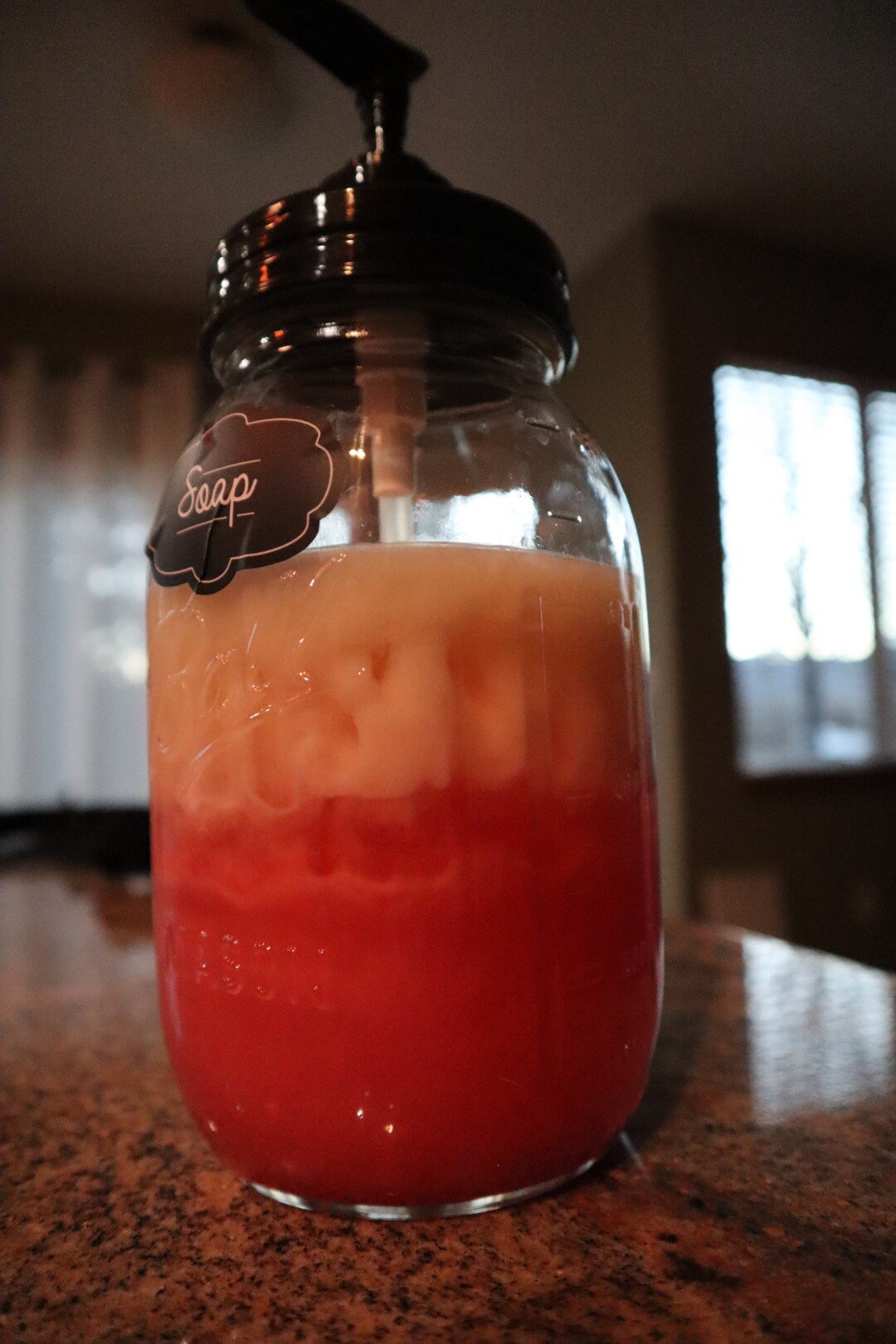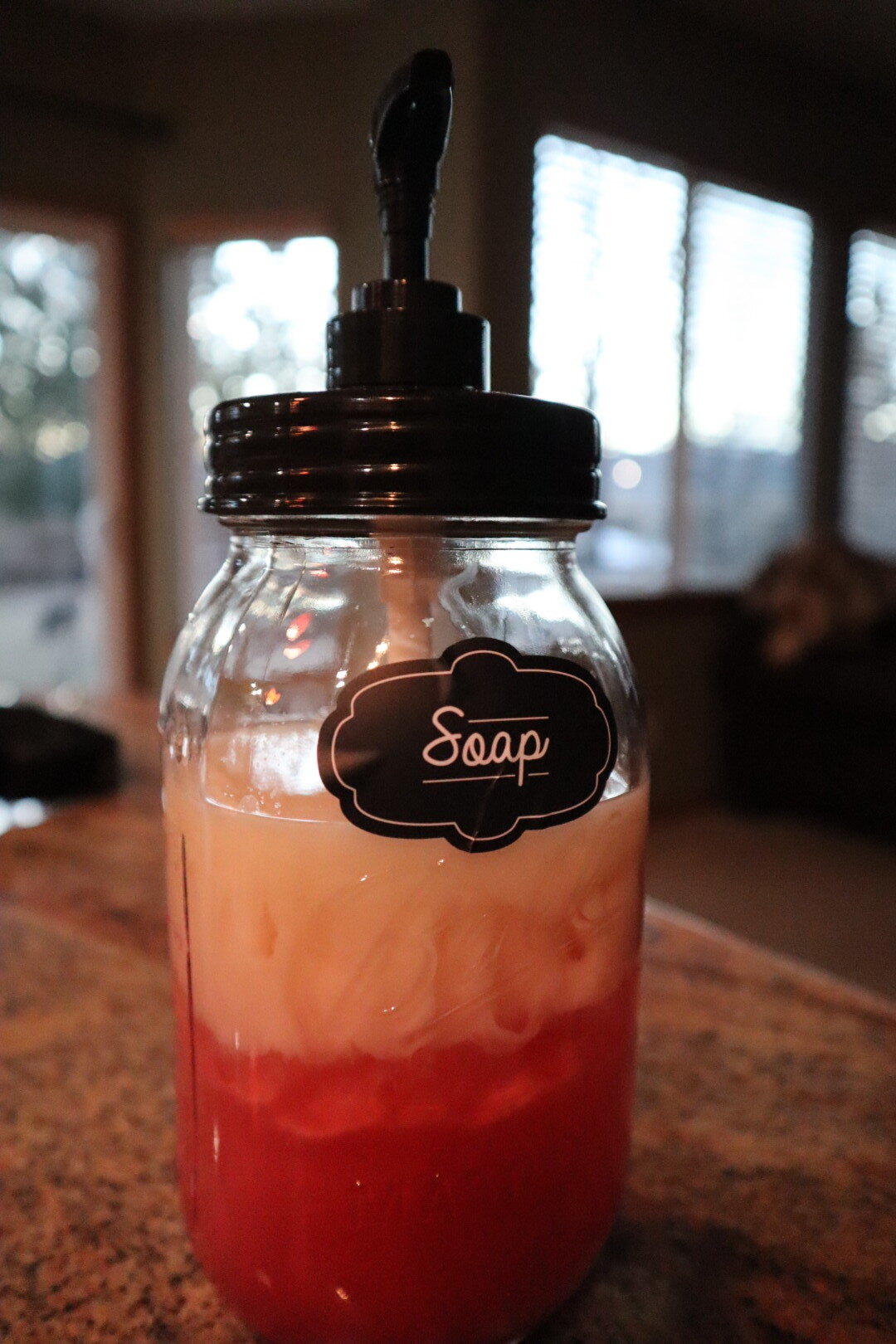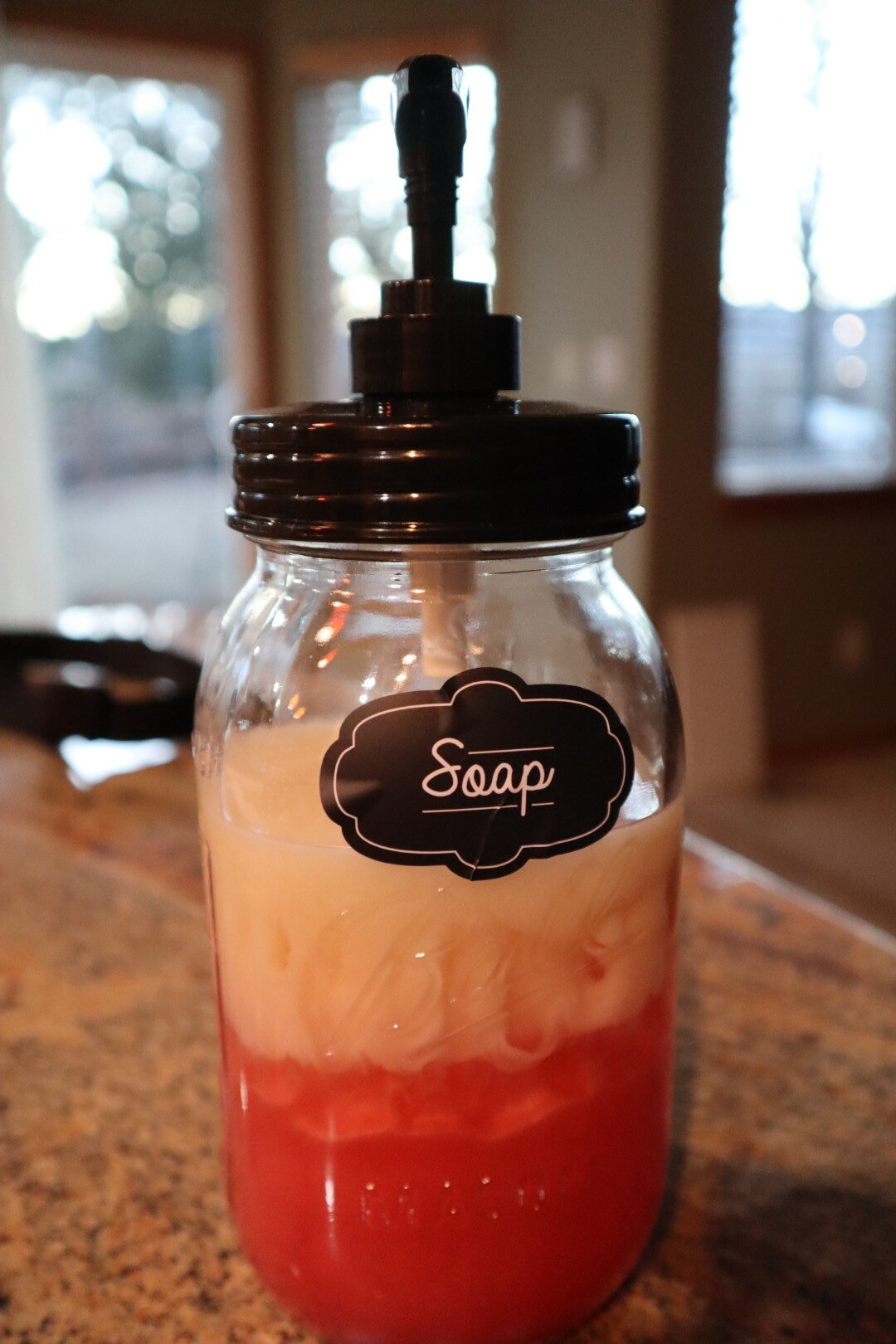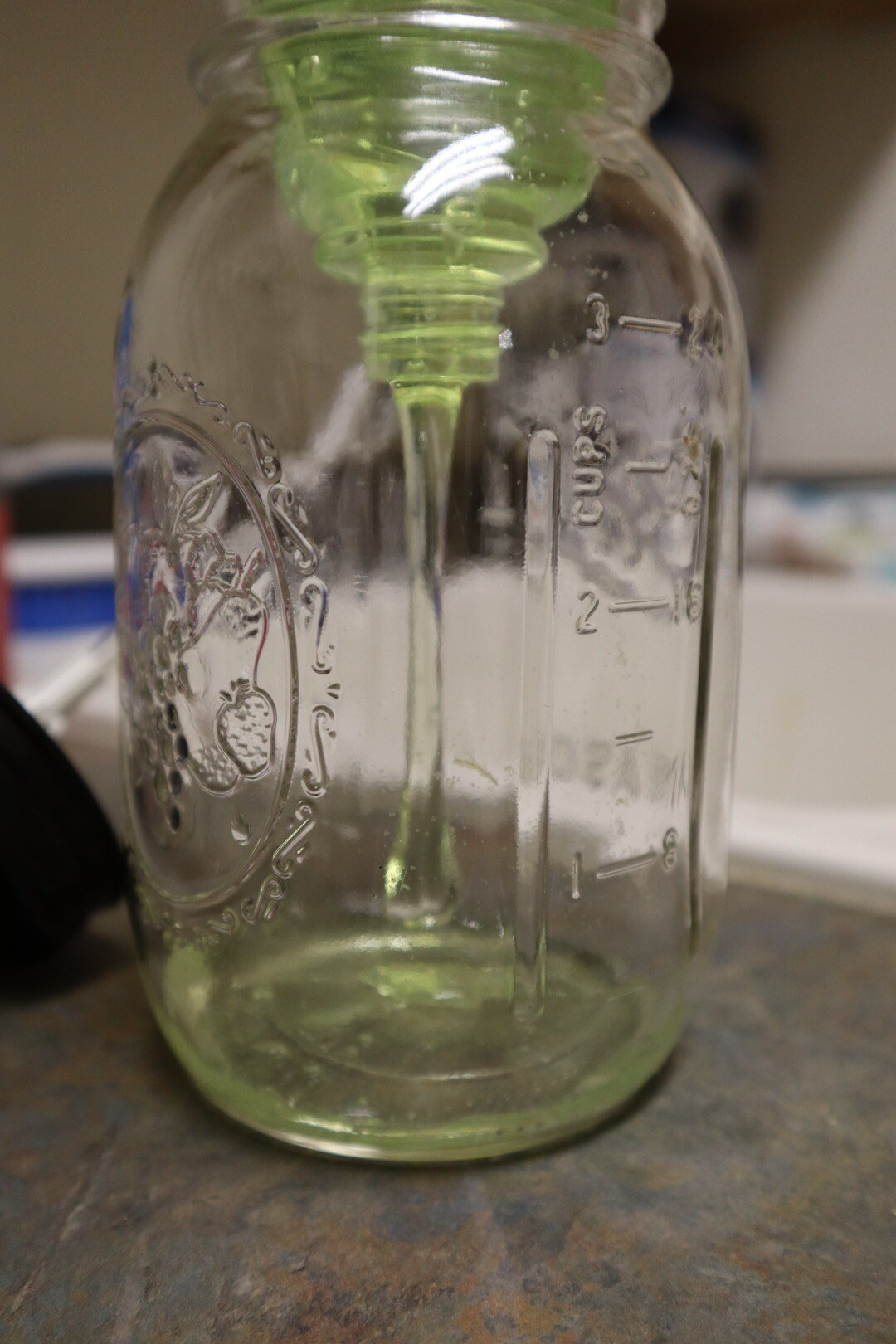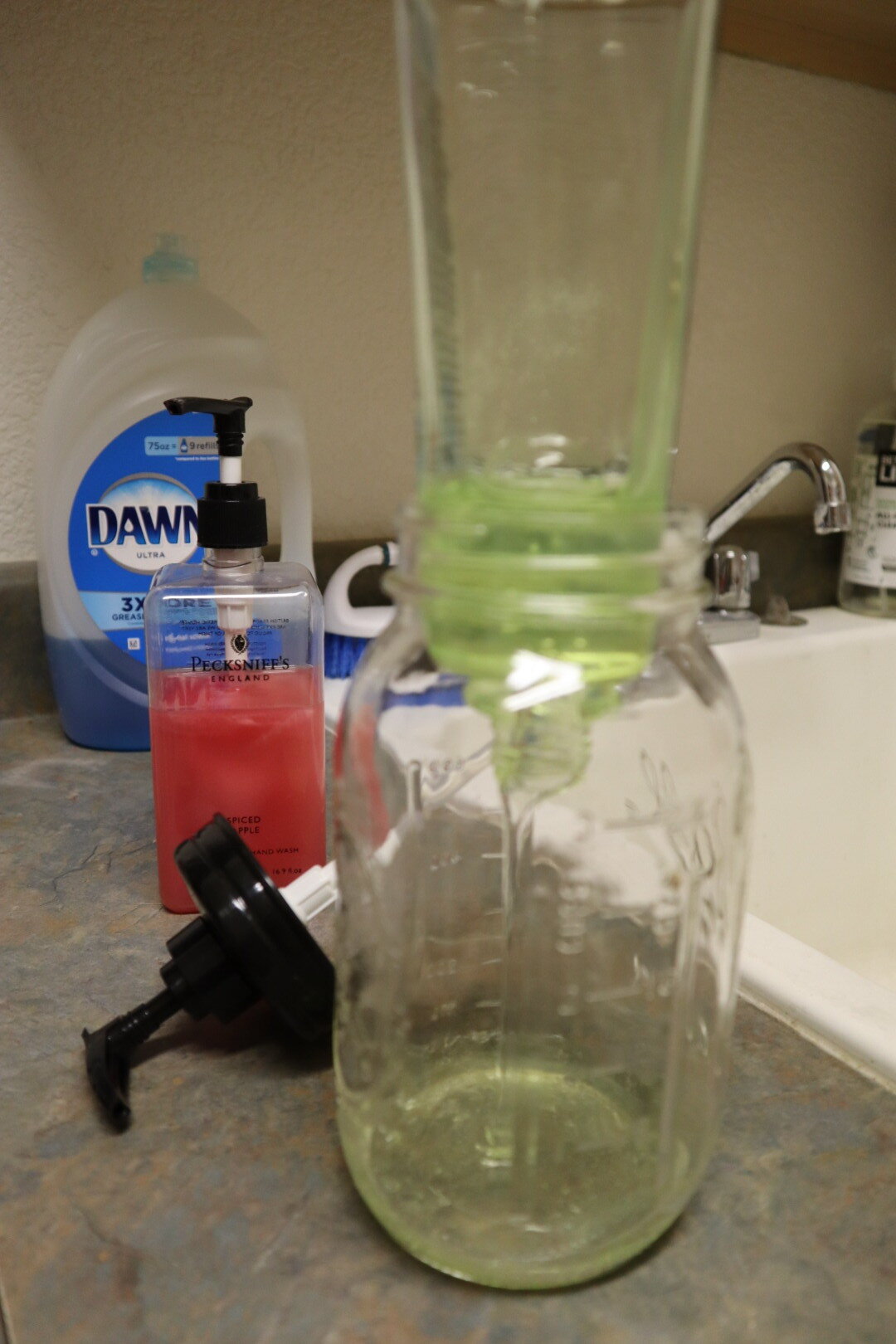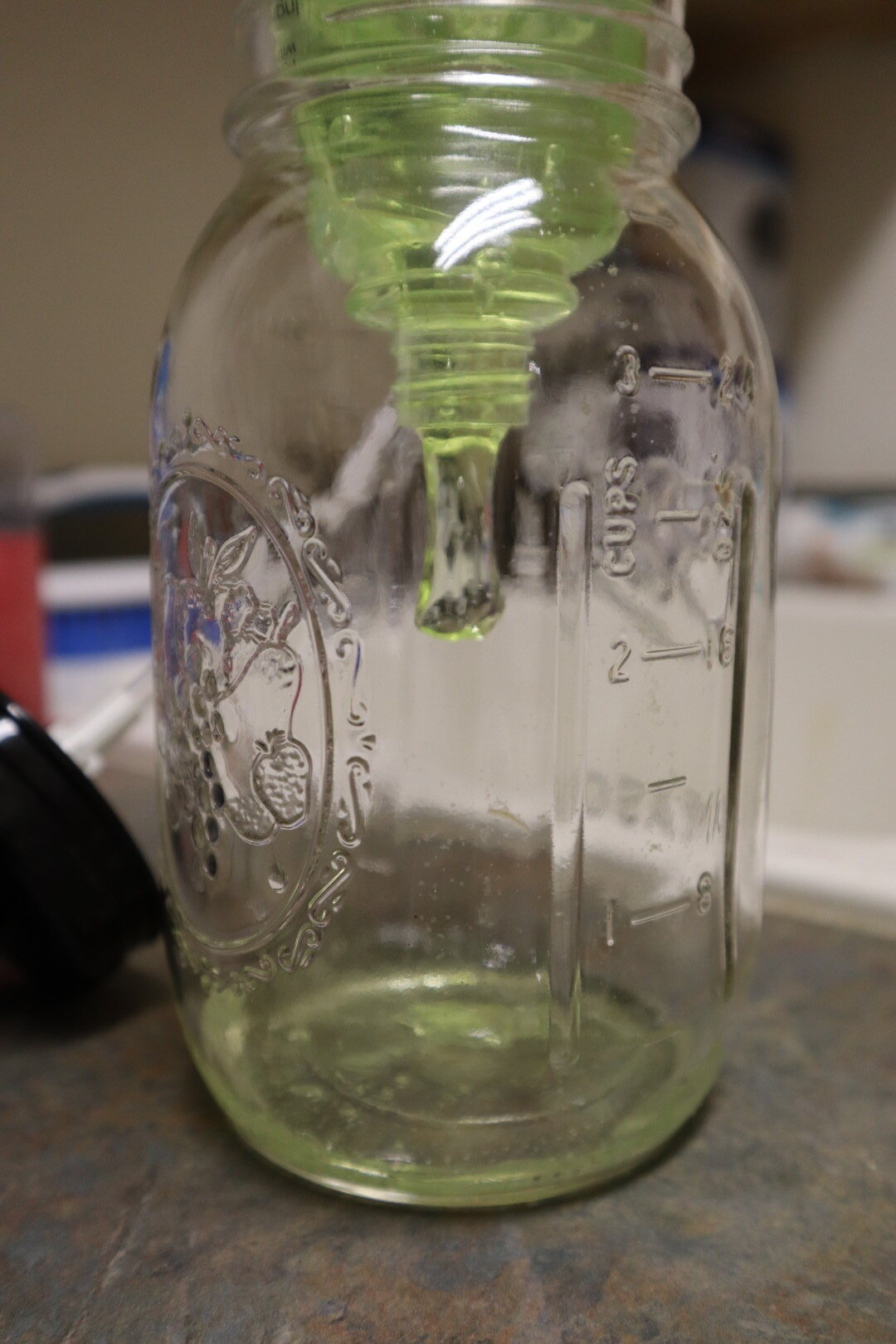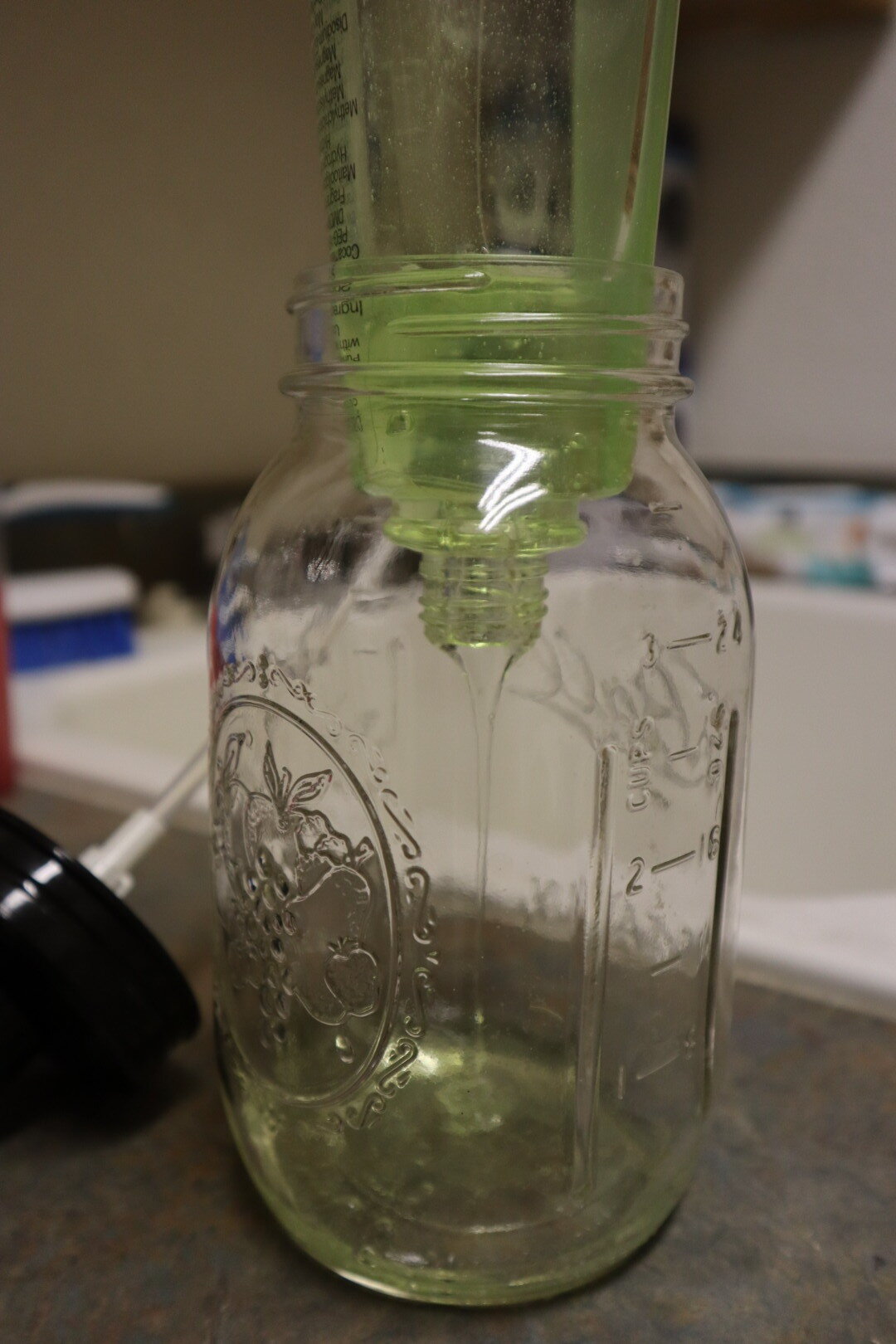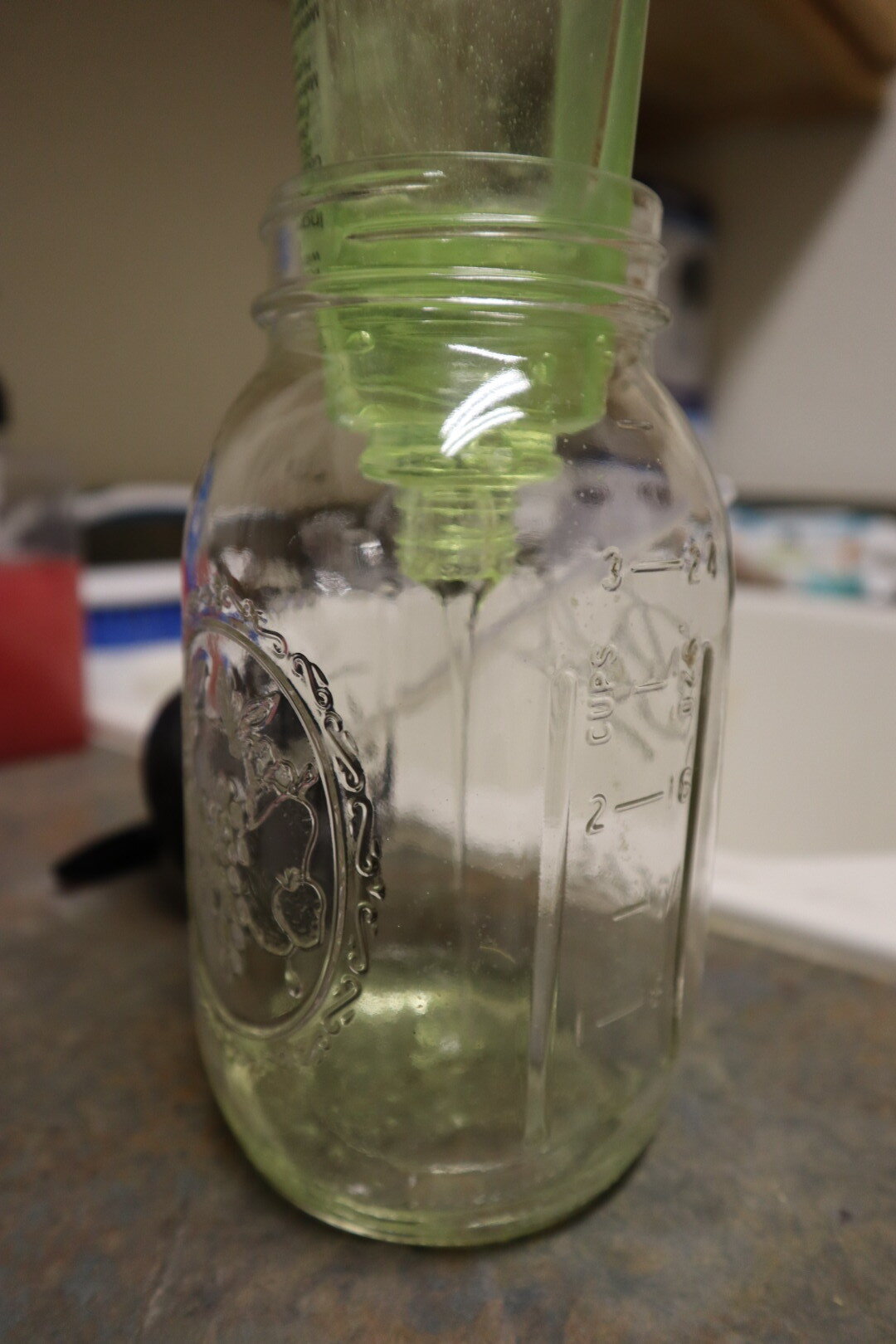I don’t know about you, but I refuse to let “stuff” drag me down. After years of mindless consumption, paired with a home big enough that storage space wasn’t a limiting factor, I got really clear on how full my life was awhile back and I’ve been on a mission to change it. For the last couple of years I’ve been really intentional about clearing more white space in my home and at my office. And sometimes, it’s taken me clearing a space or area to fully and finally realize the impact that the previously-cluttered space was having on me.
Have you ever cleared an area and then when you spend time in the new space, you feel lighter, more at-ease, even breathing feels easier, your heart rate noticeably slows? Yeah. Me too. And I want that for every room and space in my life - my home, my garage, my office, my car, my drawers and cabinets. I refuse to let my “Stuff” cost me more than it already has - the price I paid to own it, the time and energy I invest to store/maintain it, and the mental energy expended on looking at it, trying to decide whether to move it, keep it, donate it, sell it, throw it out.
Question: Why is it SO easy to make a split-second decision in a store to buy something, or to click online to order something, but we will let analysis paralysis freeze us in our tracks when it’s time to dispose of the thing? The decision fatigue around what to do with something once it’s in our homes should be reason enough not to let anything else cross the threshold and ever come into our home again!
Case in point: I’ve got a gorgeous TAG watch I bought myself back in 2012 when my law firm started doing well. It was my “reward” for a successful year, and in addition, I thought a successful lawyer “should” own and wear a nice watch. I had buyer’s remorse so badly the following week I tried to return it, but the jeweler said no. So it’s been in a box in my drawer - where I see it daily - and I feel contempt, resentment, and regret when I see it. It’s not my style - I prefer my trusty Garmin Fenix 5 watch on a daily basis! And it feels wasteful - knowing if I’d invested that money, the amount I’d have now in a bank account makes my stomach turn.
And yet I’m frozen in my decision about what to do with it. I’ve contacted watch consignment sites, they will only offer a fraction of what I paid for it. I’ve had the battery replaced, intending to list it on E-bay or Craigslist, with the note “brand new battery installed” … . only to let it sit and watch the battery die over another year of nonuse. The amount of bandwidth I’ve devoted to this one purchase is insane. And it eats at me. Anyone else relate to this conundrum of how to eliminate the things from our lives which no longer serve us?
We must be ever-vigilant about letting things IN. I often say “stuff is pernicious.” That one chapstick you buy in the checkout line, that one race T-shirt you bring in from the SWAG bag they gave you, that one scented candle that joins the other 2 … one at a time, these small items seem innocent, but all of a sudden BOOM they are overwhelming as a whole and the dilemma about their elimination begins once again. There is no doubt we must be FIRM in our management of what crosses the threshold and comes in.
Here are some of my tips (rules, actually, I thrive with hard and fast rules):
1) I check the mail and throw away all junk and catalogs in my garage (recycle bin); they never come in the house. Same for handouts, flyers, business cards … STOP IT BEFORE IT COMES IN!
2) At events like bike races or triathlons, I decline the “goody bag” at registration. What about that really cool t-shirt though? (I mean, I paid for it with my entry fee…). Rule: Only 20 t-shirts in my house (ahem, I couldn’t even wear them all in a month if I tried, but it’s a long ways from the original 62 I used to have). If I am bringing in a new T-shirt, then one old one has to go. I’ve gotten really picky about their material and fit, and only the best survive the cut.
3) I force myself to put all like-items together in one spot and refuse to let myself buy more until they are gone. Example: I just found 3 bottles of nail polish remover in my bathrooms. Because they were spread out, I didn’t know I had 3. I put them all in one spot, and will not buy ANY more until these are gone. Same for candles. And chapsticks. And smoothie supplements.




